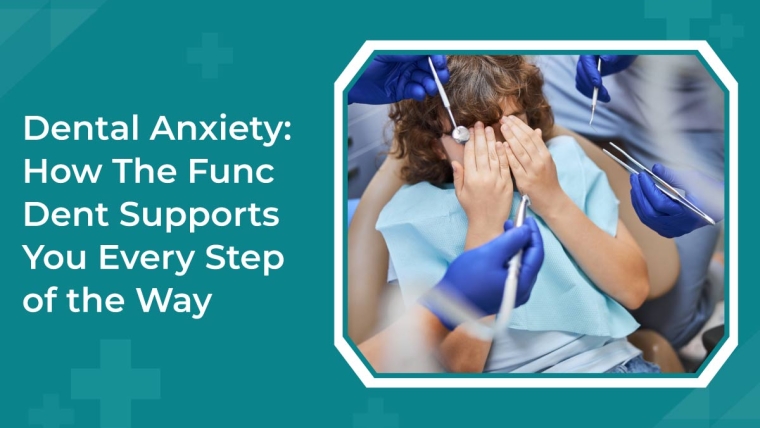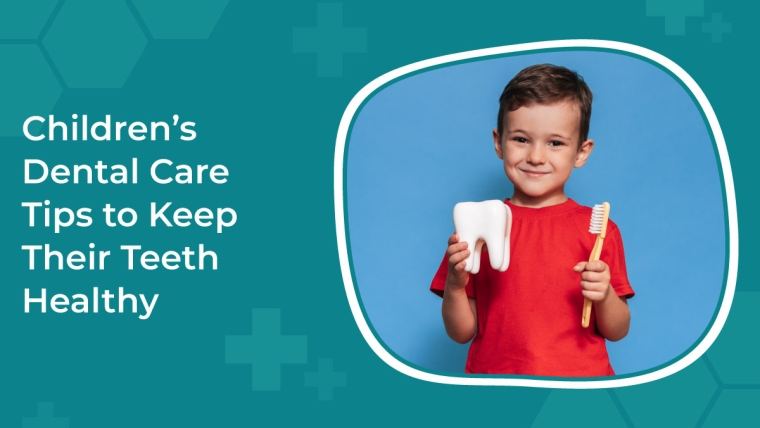Written by: Ekta Khatri, Co-founder – The Func Dent, The Functional Dentistry Center
The oral cavity is one of the most important parts of the body, as it is the starting point of your digestive system. Yet oral care seems to be one of the most neglected aspects of self-care. Maintaining good oral care is crucial for maintaining overall health. Oral hygiene care dates back to thousands of years ago, and all over the world. Numerous ancient civilisations maintained oral hygiene. Types of twigs in the form of toothbrushes, toothpicks, and tooth powders were commonly used as oral hygiene tools.
Today there are several contrivances for effective oral care maintenance. Furthermore, with technological advances, the use of dental hygienist tools is becoming more effortless. The most commonly used products are the toothbrush and toothpaste. While most people brush their teeth twice a day, it is imperative to understand the technique and which toothpaste is best for your needs.
When it comes to choosing your toothbrush there are two types, manual and electric. If your choice is the economical manual brush, then it’s recommended to use soft bristles and brush your teeth from the gums towards the edge of the tooth at a 45-degree angle, alternatively, you can brush in gentle circular motions. Electric brushes use an oscillating feature and multiple brush heads that help people improve their brushing technique. My recommendation is to use a combination of a manual toothbrush in the morning and an electric one to clean out all the food and plaque that’s been accumulated throughout the day at night.
When it comes to choosing your toothpaste, currently the variety available in the market is beyond one’s imagination. Toothpaste companies now cater to unique individual needs, for example, toothpastes now address not just sensitivity, gum care or cavity prevention, they also have made formulas for diabetic patients, smokers and whitening. When it comes to children, there are specially curated toothpastes with less fluoride; however, adults prone to more cavities should choose fluoride-based ones. For those who prefer the more holistic way, many herbal toothpastes are also available. Always remember to take only a small amount of toothpaste to clean your teeth.
Even though most people resort to only toothbrush and paste for dental health care, it is advised that some more hygiene care tools be added to your teeth cleaning kit. One of the most commonly known but seldom used is dental floss. Dental floss is used to clean interdentally, that is between teeth. There are different types of dental flossing tools:
- Thread Floss – usually made from nylon or Teflon, they can be waxed, unwaxed, flavoured and non-flavoured. Recent developments have aided companies in fabricating anti-shred floss made from PTFE (polytetrafluoroethylene). Personal dexterity is important to consider when using this type of floss for effective dental cleaning.
- Water Flosser – also known as water pick or water jet, is a clevehttps://www.thefuncdent.com/our-services/preventive/dental-cleaning/rly designed oral irrigator that removes plaque and food debris between the teeth and at the gum line. Even though there is a learning curve attached to using this product, it is extremely efficient primarily for patients with dental implants and braces.
- Interdental Brush – is a small bristle head designed to clean between teeth, while this can be considered a separate tool itself, the use of the interdental brush is the same as flossing. At The Func Dent, we commonly recommended this for patients undergoing orthodontic treatment.
- Dental Pick – a smartly devised product that has a small piece of string floss held in place by a plastic prong. On one end of a floss pick is the string and prong, and on the other side is usually a sharp point, or pick, that can be used like a toothpick. The design makes it much easier to get to the back teeth than it does with thread floss.
Are You Looking for a Trusted Dentist?
Book your appointment today and take the first step toward better oral health!
Another instrument made to keep the bad breath away is the tongue scraper. The curved design helps clean the tongue of food debris off the surface. Multiple tongue cleaners made of plastic and metal are easily accessible. Remember when cleaning the tongue avoid pressing down hard and escaping as it damages the taste buds. Along with this use of mouthwash can help freshen the breath, but it is recommended to use it sparingly as many studies have shown it kills all the oral microbes, even the good ones. Moreover, those suffering from gum diseases can use a gum stimulator, these are small rubber-tipped instruments that stimulate the blood flow to the gums and remove plaque along the gum line.
Keep in mind that these tooth cleaning tools only aid in maintaining oral care but need to be accompanied by a good diet and staying hydrated. Finally, the most efficient tool to maintain oral hygiene is to visit your dentist! Contact us today to book your next dental appointment.




